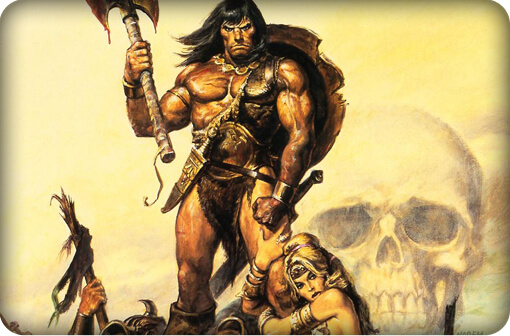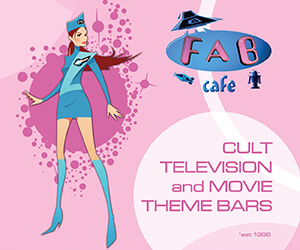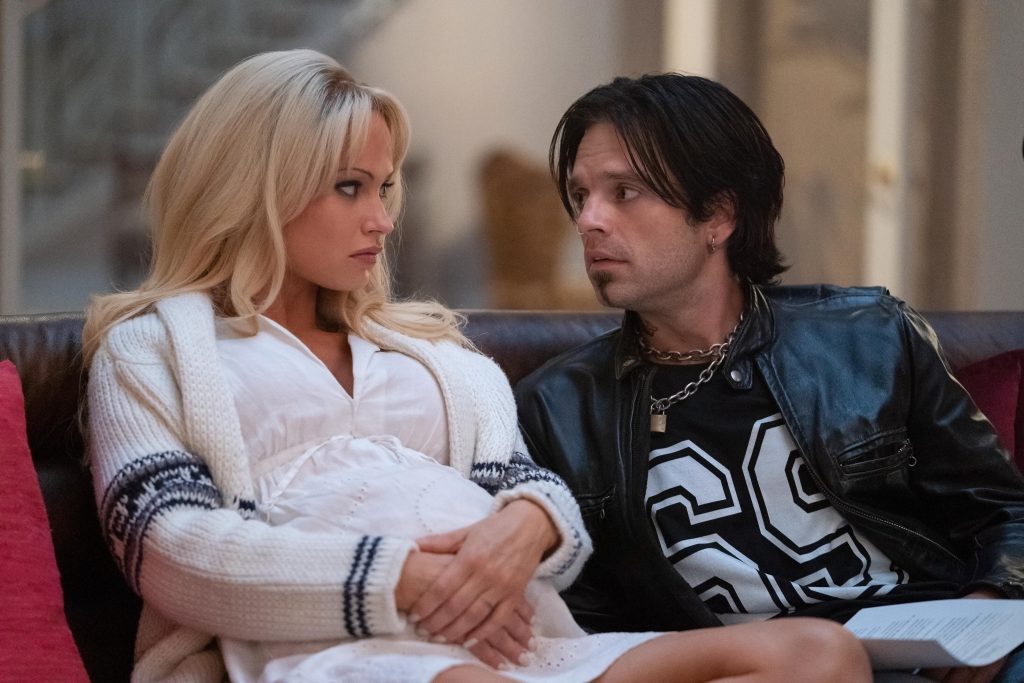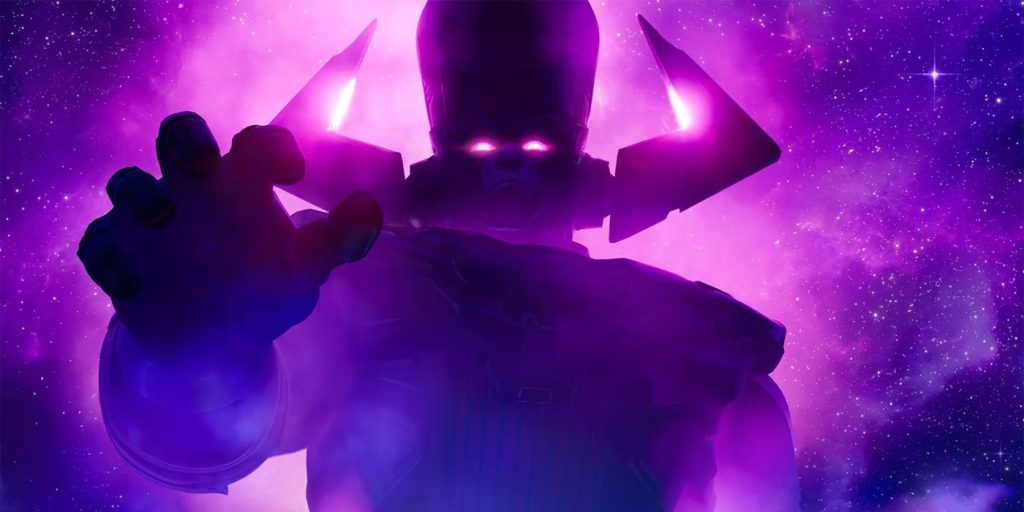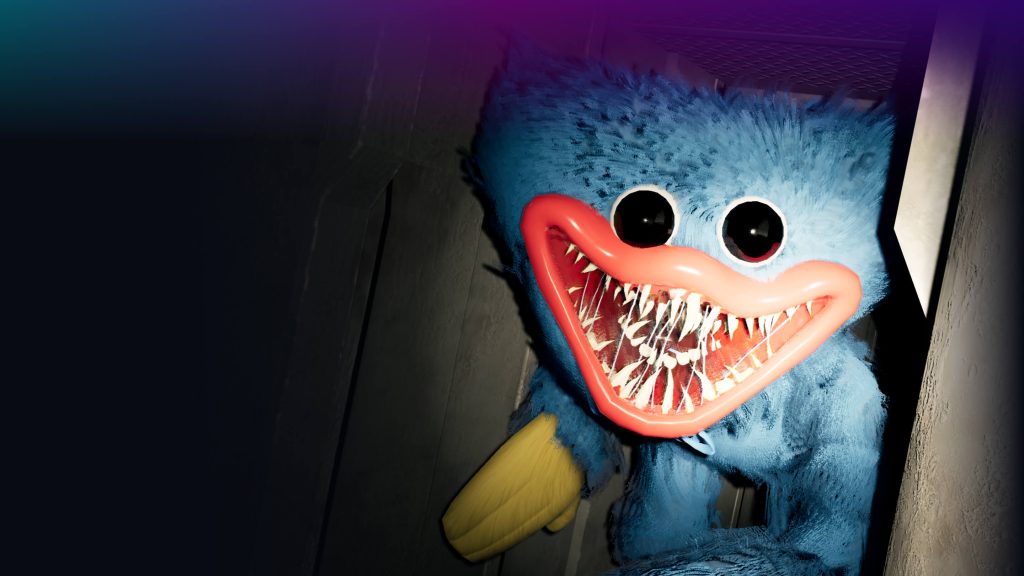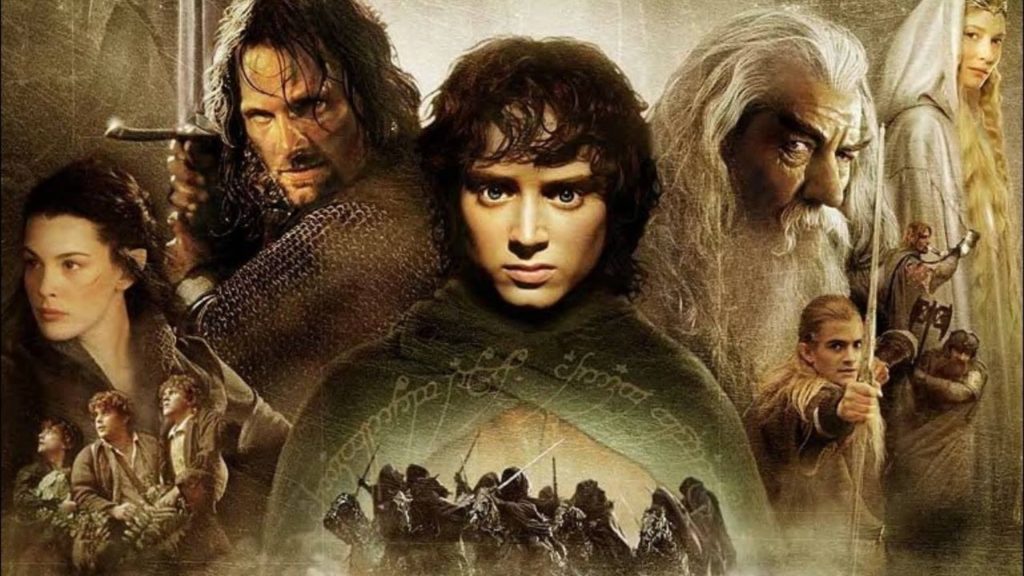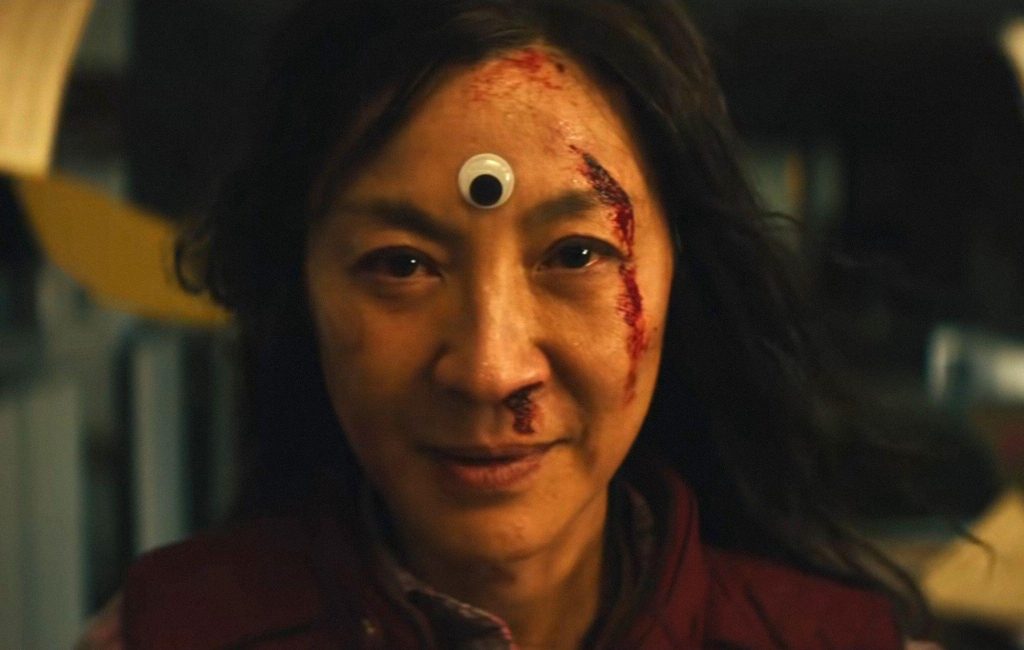“Barbarism is the natural state of mankind. Civilization is unnatural. It is a whim of circumstance. And barbarism must always triumph.” – Beyond the Black River by Robert E Howard, published in Weird Tales, June 1935
In clinical psychology there is something called the nature versus nurture debate which concerns itself with the two factors that are most influential in child development. The nature side of the argument goes that genetics are most important, whereas the nurture theory states that it is your environment that has the biggest effect on how you turn out. Max Cady put the former argument best in 1991’s Cape Fear when he said “Granddaddy used to handle snakes in church, Granny drank strychnine. I guess you could say I had a leg up, genetically speaking.” However, in searching the pantheon of fictional characters for someone able to advocate the opposite point of view, it’s difficult to find a more perfect candidate than a man who was born on a battlefield. Conan the Cimmerian was kicking arse in combat before he was barely in his teens and how could it be any other way when the scent of death was in his nostrils in the first moments of his life? Seconds old and exposed to bloody slaughter and the cries of the stricken, as nurturing goes, it is fair to say that this is one baby who probably wasn’t destined for a career in one of the caring professions. Well, Nursing’s loss was certainly violent slaughter’s gain as since his creation, Conan has gone on to become one the most popular fictional characters of the 20th century, appearing in literature, comics, television and films, and blazing a gloriously destructive path of daring do across all of them.
Like many a film lover of my generation, my first exposure to Conan and his world was the 1982 movie Conan the Barbarian, arguably the first picture to put Arnold Schwarzenegger on the movie map. Like many boys of my age I was immediately won over by the heady combination of bloody violence and copious amounts of female flesh on show. However, the movies’ charms faded with age and it wasn’t until I picked up the original Conan tales of Robert E Howard in my 20s that I really began to appreciate the appeal of the character. Howard’s tales have much to recommend them and apart from being largely responsible for inventing the whole sword and sorcery genre, they are also exciting, chaotic, blood soaked merry-go-rounds possessing a vitality that endures to this day. To be honest, I was hooked from the moment I read The Scarlet Citadel and Conan’s words “Free my hands and I’ll varnish this floor with your brains.”
A Cimmerian from the Northern wilds in the Hyborian age, Conan inhabited a land and an era for which Howard created a whole history, geography and mythology, not just to give his characters and stories a context that would increase readers enjoyment but also so that he wouldn’t have to concern himself with the sort of historical research required if Conan’s adventures took place in a real historical setting. Although he never went to the lengths that Tolkien would (who went as far as creating whole languages) Howard’s maps and history of the Hyborian age now lend the Conan stories a richness and depth, and are particularly helpful regarding the allegiances and enmities that exist between regions and leaders. As a reader I often found myself flicking back and forth between the tales and the maps as various peoples or kingdoms were mentioned.

Conan’s first appearance in print came in 1932 in a story Howard wrote called The Phoenix on the Sword. It was published in Weird Tales, a pulp magazine (so called because they were printed on low quality pulped paper) that also featured the work of H. P. Lovecraft, a friend and regular correspondent of Howard’s. Phoenix is a story that introduces Conan at a point in his life when he has become King of Aquilonia after a lifetime of wandering and adventure. Never one to do things by halves, he assumes the crown by strangling the former incumbent while he’s actually sat on his throne, Howard demonstrating Conan’s flair for the grand gesture very early on. Actually, an earlier story of Howard’s, People of the Dark, also featured a Conan (Conan the Reaver) who had much in common with the Barbarian, at least in terms of his physical appearance. Nonetheless Phoenix is an interesting introduction to the character, coming as it does at a time in Conan’s life when many of the adventures Howard had yet to write had already taken place, and also because it features many of what would come to be recognised as Conan staples such as monsters, demons and evil wizards.

Throughout the next 29 stories that Howard wrote, Conan was variously depicted as a pirate, a thief, a mercenary, a warrior and a king. By the time Howard had sold his sixth story to Weird Tales, The Pool of the Black One, it was apparent from a letter Howard wrote to his friend Clark Ashton Smith that Conan was a character Howard found incredibly easy to write about, detailing how for weeks on end he “did nothing but write of the adventures of Conan”. When he tried to write about something or somebody else, he couldn’t do it. Astonishingly, he claimed that the story Rogues in the House was published exactly as it was written, only one word being changed before he submitted it for publication. It’s something that is reflected in the style of many Conan stories, as not only are they exciting to read but they read as though written by someone who found it exciting to write.
By 1934 Conan had become the most popular character appearing in Weird Tales and Howard’s success had brought him considerable acclaim. Conan’s adventures became increasingly epic in scale, with the publication of multi-part serials, including such tales as The People of the Black Circle, Beyond the Black River, The Hour of the Dragon and Red Nails. The latter was the last Conan story ever written by Howard before he took his own life in June of 1936, while The Hour of the Dragon is the final story in Conan’s chronology, occurring at a time in his life when Conan is about 45 years of age. A development of the plot of the Scarlet Citadel, Conan finds his crown being threatened by would be usurpers who revive the long dead Xaltotun (an ancient necromancer and by far the most powerful villain that Conan had ever faced) to overthrow him. Dragon is a fitting conclusion to the Conan cycle, a novel full of action and intrigue, a story in which Conan has to confront not only Xaltotun but also ghouls, pirates, vampires and a murderous ape (these crop up a lot to be honest). True, it doesn’t have much in terms of plot development but the action moves along at such a relentless pace that it’s tempting to overlook its short comings and just wallow in a story that is one of the most fun reads in the Conan oeuvre, its episodic format building to a finale as Conan’s various adventures lead to him to a climactic battle and the moment when at long last he chooses a Queen.

As for Red Nails, it is one of the bloodiest Conan tales and has a pessimism that in retrospect revealed much about Howard’s state of mind when he wrote it (his suicide coming after he was told of his mother’s impending death). Howard himself acknowledged he had gone further than usual, describing it as “Too much raw meat, maybe, but I merely portrayed what I honestly believe would be the reactions of certain types of people in the situations on which the plot of the story hung.” It also includes a dubiously lengthy scene in which a female villain is whipped, echoing a similar passage in The Slithering Shadow that wouldn’t have looked out of place in a Bettie Page short.
One of the things that strikes you immediately about Howard’s Conan stories is the break-neck speed with which events unfold, along with the incredibly vivid and visceral descriptions of combat and battles when the action kicks off (which in Howard’s stories never takes long). I’ve always been a huge fan of J R R Tolkien’s Lord of the Rings, but the first time I read the Conan story Black Colossus, I couldn’t help thinking that Howard’s battle scenes made Tolkien’s read like newspaper reports. Whereas Tolkien maintains a certain distance when describing the major battles of the War of the Ring, Howard puts you right into the thick of the action. For example, in Black Colossus Conan commands an army against the invading hordes of the sorcerer Thugra Khotan, and during the concluding battle Howard’s narrative sweeps down into the thick of the battle as Conan grapples with and kills an opposing Prince:
“…the barbarian never exactly knew how he killed his man. He only knew that a stone in the Stygian’s hand crashed again and again on his basinet, filling his sight with flashing sparks, as Conan drove his dagger again and again into his foe’s body, without apparent effect on the prince’s terrible vitality. The world was swimming to Conan’s sight, when with a convulsive shudder the frame that strained against his stiffened and then went limp.”
It’s a passage that’s indicative of many of Conan’s battles, the intensity, confusion, brutality and sheer desperation of fighting for his life conveyed with an immediacy that has never been matched in either the Conan comic book series or any of the film adaptations.
Another great feature of Howard’s writing is his fascination with the far horizon and what may dwell just beyond it. This sense that the stories can take you anywhere and encounter anything is one of the central strands of all great fantasy writing but to be truly convincing it requires that the writer believe utterly in what he is telling you. Howard certainly had that gift. Conan is in many ways one of the original heroes (or anti-heroes) of Western popular culture, a character whose influence is broader and deeper than might at first be supposed. But look at fictional figures such as Leone’s Man With No Name, Stephen King’s Roland Deschain, or Pat Mill’s Slaine and the combination of loner, fighter, wanderer and pragmatist found within all of them was found first in Conan.
Conan went on to appear in four further Howard stories that Weird Tales had originally rejected, tales that were discovered amongst his possessions after his death. The Frost Giant’s Daughter, The God in the Bowl, The Vale of Lost Women, and The Black Stranger were all published between 1952 and 1967 in a variety of publications. However, none of these stories reach the heights of the very best Conan stories and for me they work better as comic book adaptations in both the Marvel and Dark Horse run of titles that were to follow.
When Conan first appeared in comics it seemed like a natural progression for a character whose original stories had often been illustrated; logical also for a set of stories that featured the powerful imagery Howard’s writing suggested. Marvel Comics launched its Conan the Barbarian title in 1970, adapting many of Howard’s tales along with original material. Illustrated initially by Barry Smith and written by Roy Thomas it ran for over 270 issues but perhaps its greatest legacy was that it led to the creation and publication of The Savage Sword of Conan. Also written by Thomas and illustrated by John Buscema these adaptations are the closest that comics have ever come to recreating the frenzied pace, adult themes, and sheer bloody excitement of the original Conan tales. Thomas’s adaptations were also enhanced by the artwork of Barry Windsor Smith, the stunning levels of detail in his depictions of both Conan and his landscapes still seen as breath taking pieces of comic art. Dark Horse comics have been reprinting the original Marvel stories for some years now and anyone with an interest in the very best of them should look no further than The Savage Sword.
When the Marvel run of Conan stories came to an end in 2000, Dark Horse subsequently picked up the licence three years later. Once again adapting many of the original Howard stories, Dark Horse’s approach evoked the more sensational style of the original Weird Tales covers, depicting damsels in distress in the skimpiest of garb, inevitably being menaced by a demon or sorcerer of some sort or being slung over the shoulder of Conan himself. The Kurt Busiek scripted Born on the Battlefield is representative of a further approach taken by the publisher, namely how these strips often go back over Conan’s history and attempt to fill in some of the gaps in Howard’s chronology. Howard had written little of Conan’s childhood, mainly concerning himself with Conan from his teenage years onwards but Born on The Battlefield tells of many of the trials and tribulations that a young Conan and his people were subjected to in the Cimmerian highlands (including a memorable encounter with a cannibalistic savage). Dark Horse continues to publish a Conan series today (Conan: Road of Kings) in addition to its earlier two series Conan (2004 – 2008) and Conan the Cimmerian (2008 – 2010).

Although the most famous on screen version of Conan was the Arnold Schwarzenegger incarnation, there have also been a couple of animated TV series, as well as a live action abomination that a friend of mine inflicted on me recently. Awful acting, crappy characterisation, mind numbing dialogue and a representation of Conan that lives up to almost every barbarian cliché in the book, it is a TV series that makes Xena Warrior Princess look hard edged. If you ever find yourself in a situation where someone offers to show it to you don’t panic. Just don’t make any sudden moves, establish where the nearest exit is and back away towards it very, very slowly.
Anyway, back to the films. 1982’s Conan The Barbarian and then its sequel Conan The Destroyer in ’84, both have their moments, the first film in particular featuring a number of set pieces that are highly evocative of the original stories. Director John Milius clearly knew his Howard as he actually incorporated some memorable moments from the stories, all of which helped to give the movie that Conan feel of authenticity (none more so than the sequence when Conan is crucified on the orders of Thulsa Doom (James Earl Jones), a scene taken directly from the Howard story A Witch Shall be Born). Based on a script Milius developed with Oliver Stone, Conan the Barbarian is the most impressive film adaptation to date and tells the tale of Conan’s origins and his quest for revenge upon the man who killed his parents. Thulsa Doom was actually a character taken from Howard’s Kull stories and therefore not responsible for the death of Conan’s mother in the stories. However, he is the perfect foil to Conan, in part due to Jones’s performance but also because he is a worshiper of the snake god Set and if there is one thing the original Conan stories didn’t lack (and one thing the movie benefited from) it was a giant, demonical snake. The sequel suffers by comparison, its ambition not matched by the special effects that were employed in scenes such as the heroes arrival in the sorcerer Toth Amon’s castle and the climactic showdown with the rubber suited demon God Dagoth, who looks very much like he failed the audition at a Jon Pertwee era Doctor Who audition. However, it has some nice touches, in particular the homage it pays to the Howard story Rogues in the House, when a red hooded figure reveals itself as a monstrous gorilla/werewolf hybrid, and of course Grace Jones is utterly splendid, terrifying and convincing as a female warrior.

As for Schwarzenegger himself, well he’s an impressive Conan in terms of his physicality certainly and the occasions when he is called upon to fight or react do provide a competent approximation of the Conan of the stories. However, it is in the delivery of the dialogue that Arnie just doesn’t cut it, as he’s not able to convey either Conan’s sly wit or his tactical intelligence. He does however give a first class portrayal of Conan as a drunk.
As for the 2011 version, with Jason Momoa as Conan, it certainly had its moments of bloody carnage and Momoa wasn’t an awful choice but he did have a bit too much of the pretty boy model about him for my liking (he does however deliver dialogue far more convincingly than Arnie ever did). Also, the film’s CGI rendered kingdoms were far less convincing than the look of Milius’s original vision. However, ultimately it failed to live up to its origins because it misunderstood them. Howard’s stories were pulp fiction, yes but that isn’t necessarily short hand for simple, sensationalist or sloppy, all deficiencies that the plot and performances of Conan 2011 too often exhibited.

In addition to the comics, the TV and film adaptations, Conan has also served as an inspiration for board games, RPGs, and adventure and video games, as well as being revived in fiction by authors other than Howard. However, although Conan’s appearances in other media have sometimes met with deserved success, none can live up to the original Robert E Howard stories. Some of the best examples of pure action and adventure fiction that one could ever hope to read, Howard’s Conan deserves to be read as widely as the tales of Tolkien’s middle earth. It is pure storytelling of a kind that gets the pulse pounding and the mind racing, where no sooner have you drawn a breath after reading one tale than you’re plunged into a maelstrom of page turning high thrills with the next. Conan has been devalued over recent years, viewed too often as a loin cloth clad cliché from whom the world of fantasy fiction has moved on. What needs to be understood and appreciated is that without him, much of the best of the fantasy genre may never have existed at all.

